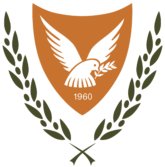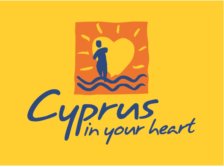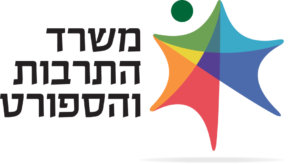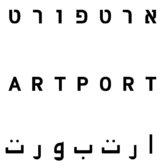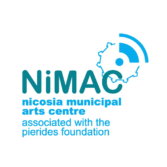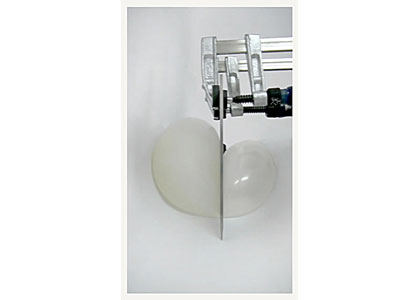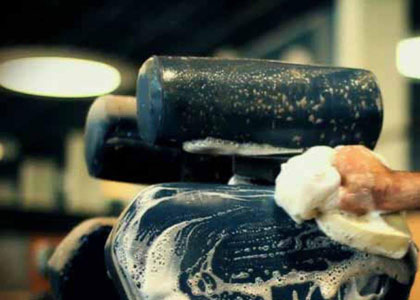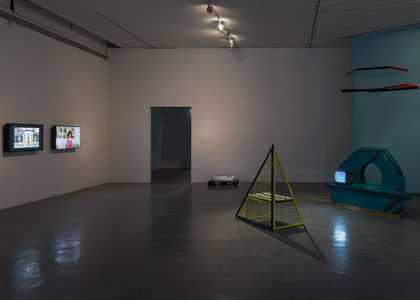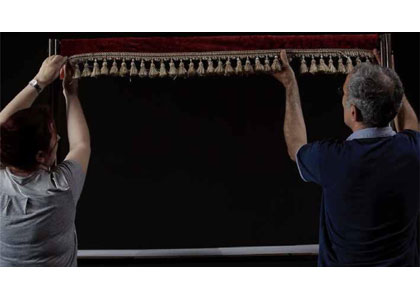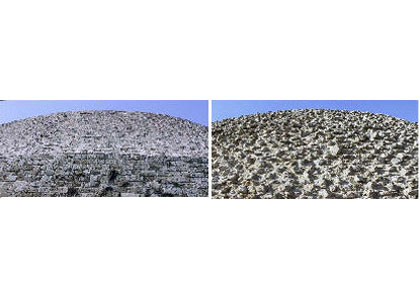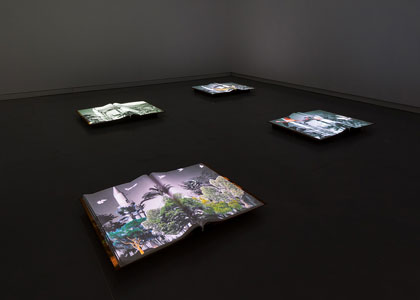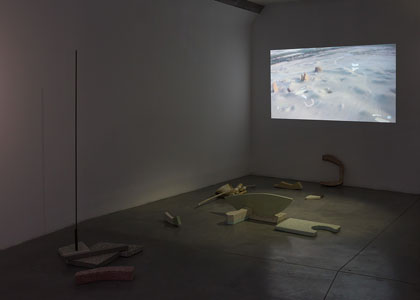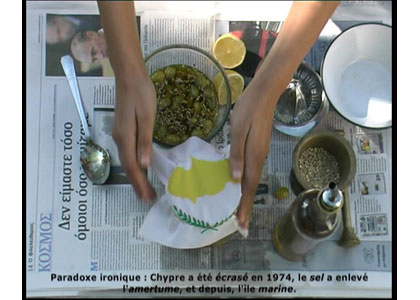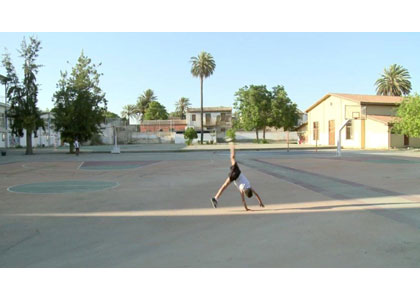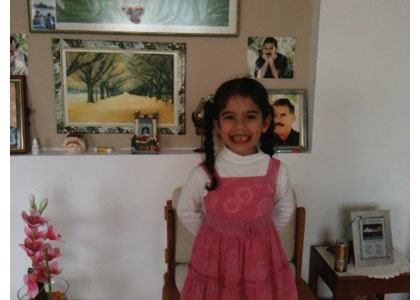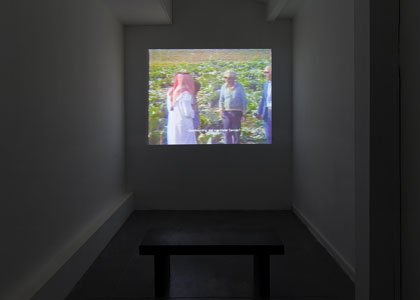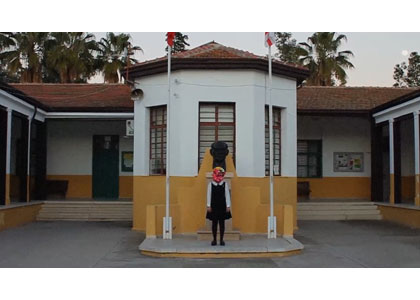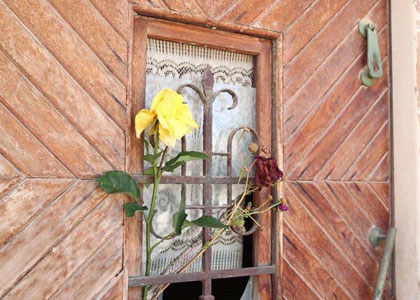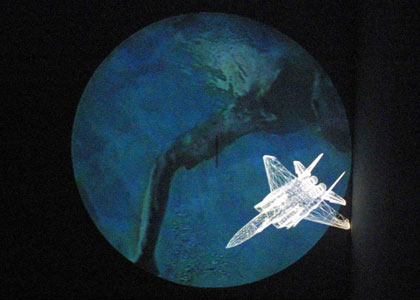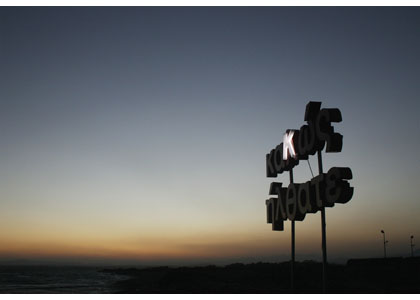So Close Yet So Far Away
Contemporary Artists from Cyprus, curator: Yiannis Toumazis
12/01/2017 -
11/03/2017
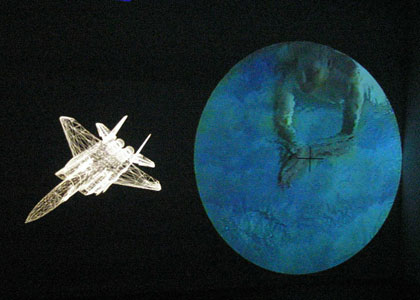
Organized by the Nicosia Municipal Arts Centre – Associated with the Pierides Foundation [NiMAC] and the Petah Tikva Museum of Art, Israel
Cyprus is so close to Israel, yet at the same time it lies so far away. Despite their geographical proximity, the two countries know very little about each other, and art is no exception. Alongside their many differences, they share significant similarities, including a long and dominant historical past, constant geopolitical turmoil, and incessant crises – social, religious, political, and financial – which continue to affect the present and the future. Located at the eastern end of the Mediterranean, in this region of osmosis between East and West, they could not avoid – each in its own way – their geopolitical “destiny” in shaping the current post-colonial realities; a destiny which, for both countries, is underlain by a narrative of “partitions.”
Indeed, today, we experience once again “partitioned times,” as Ranabir Samaddar, professor of South Asia Studies known for his critical work on justice and human rights, claims. Not only geographical and political divisions, but also social, racial, economic, and cultural ones define the international order, despite the spirit of globalization. The island-state of Cyprus could not escape this fate. Since 1974 it has also been divided, with approximately 36% of its territory under Turkish military occupation. Despite continuous efforts to reach a comprehensive, just, and viable solution to the Cyprus Issue, the buffer zone (also known as the “Green Line”) still dissects the island into a northern and a southern part. In addition, the financial collapse of the state in 2013 created an ongoing economic crisis, the results of which will haunt the island and its inhabitants for many years to come.
The exhibition “So Close Yet So Far Away” | Contemporary Artists from Cyprus presents for the first time in Israel a dynamic group of seventeen contemporary Cypriot artists, who scrutinize contemporary Cypriot culture and the many complexities of Cypriot identity. The exhibition attempts to illustrate how, in this era of globalization and increased visibility of “peripheral” artistic activity, contemporary Cypriot artists negotiate issues of history, memory, and politics, especially in the local context. It also examines how they deal with the modern history of trauma, conflict, and violence as well as with other crucial complexities, going far beyond the Cyprus Issue, which still affects the society of Cyprus.
In recent times, Cypriot art demonstrates an incessant international mobility and a sense of acute criticality. The work of many contemporary Cypriot artists has acquired an intensely socio-political dimension, capturing the complexity of the current local and global issues with great sensitivity, expressed sometimes through a neutral, dissociated gaze, sometimes through a poetic stance, and other times through keen sarcasm and subtle irony. The participating artists seek to highlight and negotiate existing positions and contradictions surrounding the apparent homogeneity of a globalized environment. Issues of multiculturalism, crossings, displacement, migration, and hybridization are given central stage in most of the works presented in this pertinent exhibition.
- לוגו JPG

